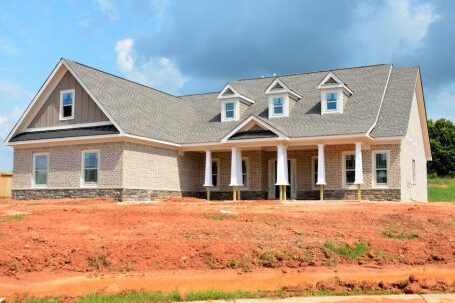In the world of architecture, the concept of adaptive reuse has gained significant recognition and popularity in recent years. This approach involves taking existing structures and repurposing them for new functions, rather than demolishing them and starting from scratch. It is a creative and sustainable way to breathe new life into old buildings, preserving their historical and cultural significance while meeting the needs of contemporary society. The art of adaptive reuse requires a careful balance between honoring the past and embracing the future.
Preserving History
One of the main reasons why adaptive reuse has become increasingly important is the preservation of historical buildings. Many old structures hold a significant place in our collective memory and reflect the architectural styles and cultural heritage of a bygone era. By repurposing these buildings, we can ensure that their stories continue to be told and appreciated by future generations. Adaptive reuse allows us to celebrate the past while creating a meaningful connection with the present.
Revitalizing Urban Spaces
In addition to preserving history, adaptive reuse plays a vital role in revitalizing urban spaces. Abandoned or underutilized buildings can often become eyesores or magnets for crime. By repurposing these structures, architects can transform them into vibrant community hubs, breathing new life into neglected neighborhoods. Adaptive reuse projects have the potential to create economic opportunities, foster social interaction, and enhance the overall quality of life in urban areas.
Sustainability and Conservation
Another key aspect of adaptive reuse is its inherent sustainability. By repurposing existing buildings, we reduce the demand for new construction materials and minimize waste. It is a more environmentally friendly alternative to demolishing old structures and constructing new ones. Adaptive reuse also aligns with the principles of conservation, as it helps preserve natural resources and reduces the carbon footprint associated with new construction. Embracing adaptive reuse in architecture is a step towards a more sustainable and responsible future.
Challenges and Opportunities
While adaptive reuse offers numerous benefits, it also comes with its fair share of challenges. Architects must navigate the complexities of working with existing structures, often dealing with issues such as structural integrity, building codes, and accessibility. However, these challenges also present opportunities for innovative and creative design solutions. The constraints of adaptive reuse force architects to think outside the box and find unique ways to blend the old with the new.
Examples of Successful Adaptive Reuse
There are countless examples of successful adaptive reuse projects around the world. The Tate Modern in London, once a power station, has been transformed into one of the world’s most visited contemporary art museums. The High Line in New York City, an elevated railway turned public park, has become a beloved urban oasis. These projects demonstrate the transformative power of adaptive reuse and its ability to turn forgotten spaces into thriving cultural landmarks.
Embracing the Future
As the world continues to grapple with issues of sustainability and urban development, the art of adaptive reuse in architecture will only become more relevant. It offers a way to honor our past, revitalize our present, and create a more sustainable future. By embracing adaptive reuse, architects have the opportunity to shape our cities in a way that respects history, responds to current needs, and leaves a positive legacy for generations to come.
In conclusion, adaptive reuse in architecture is an art that requires a delicate balance between preserving history and embracing the future. It offers a sustainable and creative approach to repurposing existing structures, breathing new life into old buildings, and revitalizing urban spaces. Through successful adaptive reuse projects, architects have the power to transform neglected spaces into vibrant community hubs, all while honoring the past and creating a more sustainable future. The art of adaptive reuse is a testament to the power of design and its ability to shape our physical environment in meaningful and lasting ways.





